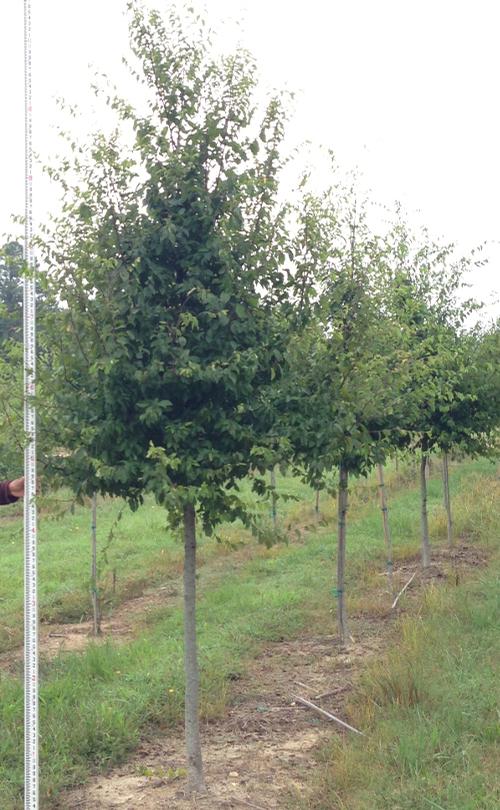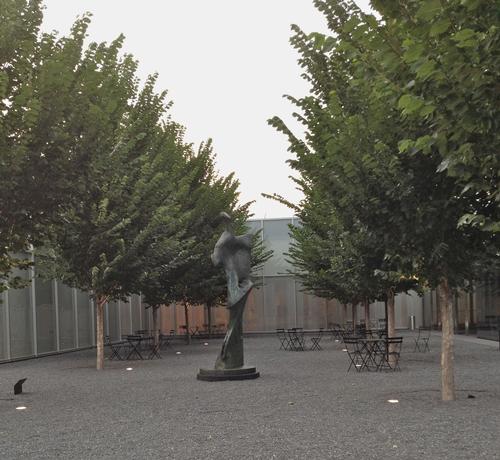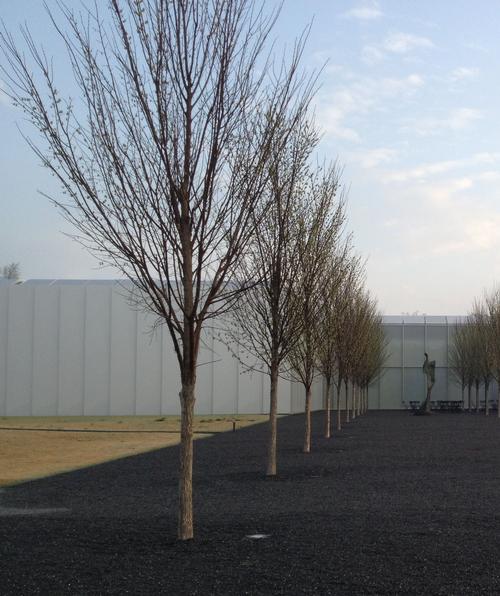Carpinus caroliniana
Ironwood (American Hornbeam)
This member of the birch family is a native tree known for its fine branching texture and thin gray bark that covers a sinewy or muscled trunk. Often grown as a multi-trunk tree where the sinewy bark is at its best. The leaves have a doubly toothed margin and turn an attractive orange-red color in the fall.
Ironwood can be found naturally in areas with moist soil including streambanks, riverbanks, and maritime forests. Very useful where a smaller growing tree is needed or when used in an understory layer. It is most often used in naturalized settings and blends well with woodland backgrounds though it is useful in urban settings when smaller trees are desired.
This is a wildlife-friendly tree perfect for a pollinator, children's, or native garden acting as a larval host plant, food source for mammals and birds, and a cover plant.
- Native, deciduous tree
- Medium-sized, fine textured
- Attractive gray bark
- Category:
Tree,
Native
- Hardiness Zone: 3-9
- Height: 20-30 ft
- Spread: 20-30 ft
Login for pricing






